A fair warning: This article possesses both spoilers on the Dune book series by Frank Herbert and the recent Dune franchise film by Denis Villeneuve.
While “Dune: Part Two” was stunning and entertaining, it did not dive as deeply into the spiritual depths of the books.
Ever since, science fiction has been a genre that uses imagined worlds as a metaphor for the dangers of political and social systems, subject to the fragility of man. As bizarre a new world or technology may seem, more often than not, the writer is commenting on human civilization, asking readers to reflect on the real, contemporary world.
This vein of sci-fi rings true in both the “Dune” book series by Frank Herbert and the recent second film of “Dune” by Denis Villeneuve. Villanueve’s rendition received stellar reviews, prompting moviegoers to chant “Lisan al Gaib!” and thump their seats in a manner pretending to call the sandworms.
As bizarre a new world or technology may seem, more often than not, the writer is commenting on human civilization, asking readers to reflect on the real, contemporary world
While the film adaptations offered mesmerizing special effects and dramatic cinematography, I found myself occasionally frustrated with certain aspects of the dialogue. As the film progressed, I found my companion and I turning to each other regularly, exchanging looks and mouthing, “What was that?”
Both of us read Herbert’s novels and agreed that there was a noticeable absence of the spiritual and psychological layers that make the movie more than just a sci-fi epic.
My boyfriend, who had never read one of the books, was one of those mildly entertained, who thumped his seat and shouted, “Lisan al Gaib!” While his younger brother, who was my book club companion, was not a fan.
A general consensus when a book is made into a movie is that the book will always be better. So this is common and also understandable, granted the limitations of translating nearly a thousand pages into a film. In the film format, it is difficult to capture the nuances, spirituality, and deeper psychologies of the characters despite excellent acting and a meticulous script.
Read more: ‘Dune: Part Two’ rolls into London for world premiere
I read the first “Dune” book after watching Villeneuve’s rendition of “Dune: Part One” during the pandemic. The science fiction epic had intense world-building similar to Tolkien’s “The Silmarillion,” in terms of imagination, customs, characters, and geographies.
Although the “Dune” book is nowhere near as intense as Tolkien’s, the internal monologues of the characters could nonetheless be a slog, while recitations of the complex logic behind political decisions were drawn out— nonetheless they were deeply and immersively fascinating. Watching the “Dune” movie prior to reading the book actually helped my understanding of the novel, with the familiar characters and events on screen becoming clearer on the pages.
In the film format, it is difficult to capture the nuances, spirituality, and deeper psychologies of the characters despite excellent acting and a meticulous script
Read more: 11 confused thoughts while I watched ‘Dune’
Perhaps I am a “Dune” fanatic, faithful to Herbert’s rendition. Villeneuve said in an interview that these fanatics are hard to please, and that the only person he is trying to please is himself, as a long-time “Dune” fan.
I can understand why the second film was simplified. I actually struggled to understand the first film, and it only became clear after reading the book. But after reading Herbert’s grand masterpiece, it’s undeniable that there is beauty and calmness in the pages of a book that cannot be ignored.
Reading “Dune” during the pandemic, mental health was a hot topic, and also a necessity in such uncertain times. It resonated deeply and, within the book, showed that there is a spiritual solution to every problem. And while I share my personal reflections on the spiritual themes within the series, I recognize that interpretations of the richly layered universe can vary widely among readers, as each individual brings their own unique insights to their reading, while my own analysis is influenced by my own biases and experiences.
Differences in the “Dune” book and movie
The films seemed to have missed the spiritual core, and to understand the lack of spirituality in the film, it’s necessary to review the major changes in the plot: Paul Atreides (played by Timothée Chalamet) is depicted as a ruthless and cold political figure (as he eventually became in the later books). Nonetheless, efforts were made to show his internal monologues and worrying visions that showed a world filled with death and famine in the Muad’Dib’s holy war.
Paul’s mother and Bene Gesserit sister Jessica (Rebecca Ferguson) strays farther from the book, as she is transformed into a manipulative, suddenly evil character, with tattoos all over her face. In the books, she is far more reserved as the Reverend Mother of the Fremen people and able to control others through subtler qualities. This more literal depiction of Jessica as a dangerously powerful (and creepy) woman, was very different from the book.
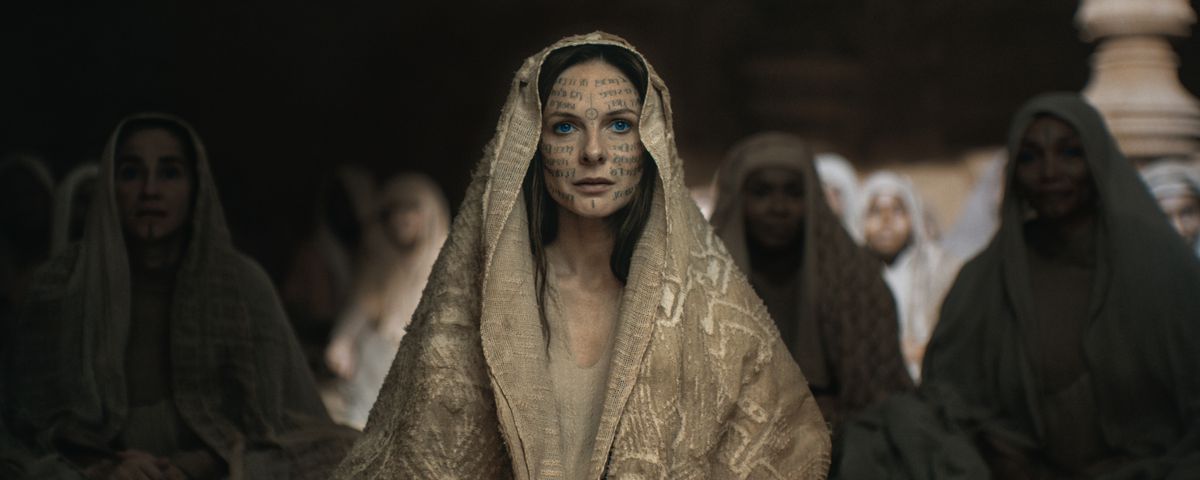
Rebecca Ferguson as Jessica in “Dune: Part Two”
In the books, Chani (Zendaya) is portrayed as a sweet and childlike character who is faithful and supportive to Paul despite his strategic marriage to Princess Irulan (Florence Pugh)—a far cry from the feisty personality Zendaya portrays, who goes off in a tantrum at the end of “Dune: Part Two” when Paul proposes to Princess Irulan.
Stilgar (Javier Bardem) is also reduced to blind faith in Paul, whereas in the book he is one of the first to deny and challenge him. Stilgar’s loyal, knight-like character was portrayed as a far more respectable personality in the books, who weighs his decisions with care and wisdom.
Apart from character portrayals, major events in the plot were changed. In terms of timeline, Paul’s younger sister Alia (Anya Taylor-Joy) is already born, and is a scarily precocious child. At the age of two, she kills her grandfather, Baron Vladimir Harkonnen, with the poisonous gom jabbar. Chani and Paul’s child, named little Leto, was killed by the Sardaukar, the emperor’s army, on the first day of the raid.

Anya Taylor-Joy as Alia
The differences between the North-South tribes were also totally made up for the film—for example, there were no religious “fundamentalists” in the South.
While the blockbuster was filled with many stunning cinematic effects, it could feel overly simplified to those who have journeyed with the books, lacking the richness of the inner worlds of the characters.
The sociological religious influences
Author Frank Herbert’s son, Brian, said: “Dad told me that you could follow any of the novel’s layers as you read it, and then start the book all over again, focusing on an entirely different layer.”
Brian underscored how his father integrated elements from diverse religious traditions, including Buddhism, Sufi mysticism, Islamic beliefs, Catholicism, Protestantism, Judaism, and Hinduism. Herbert also had exposure to Jungian psychology and Zen Buddhism. This “spiritual melting pot” showed Herbert’s concept of a fictitious future, where religious ideologies came together to temper conflict among faiths that all vied to be “the one and only revelation.”
Author Frank Herbert’s son, Brian, said: “Dad told me that you could follow any of the novel’s layers as you read it, and then start the book all over again, focusing on an entirely different layer”
In the setting of the planet Arrakis, Herbert created a pseudo-Islamic desert culture with the Fremen as Bedouin-like tribes. Arrakis, the setting of “Dune,” incorporates Islamic influences evident in the Fremen culture. For instance, the name “Shai-hulud” for the sandworm is derived from Arabic, meaning “immortal thing” or “old man of eternity.” Similarly, “Muad’Dib” originates from Arabic, signifying “educator,” while “Lisan al-Gaib” translates to “voice of the unseen.” Additionally, “Usul” translates to “fundamental principles” in Arabic.
The author took from the Bible and the Christian belief that the figure of Jesus Christ would free the world of tyranny. In interviews, the House of Harkonen has been said to draw from the Roman Empire of ancient Palestine, which Paul has come to give freedom, like a metaphor for Jesus Christ. Meanwhile the harsh desert conditions and the Fremen’s reverence for water and sandworms hint at themes of environmentalism.
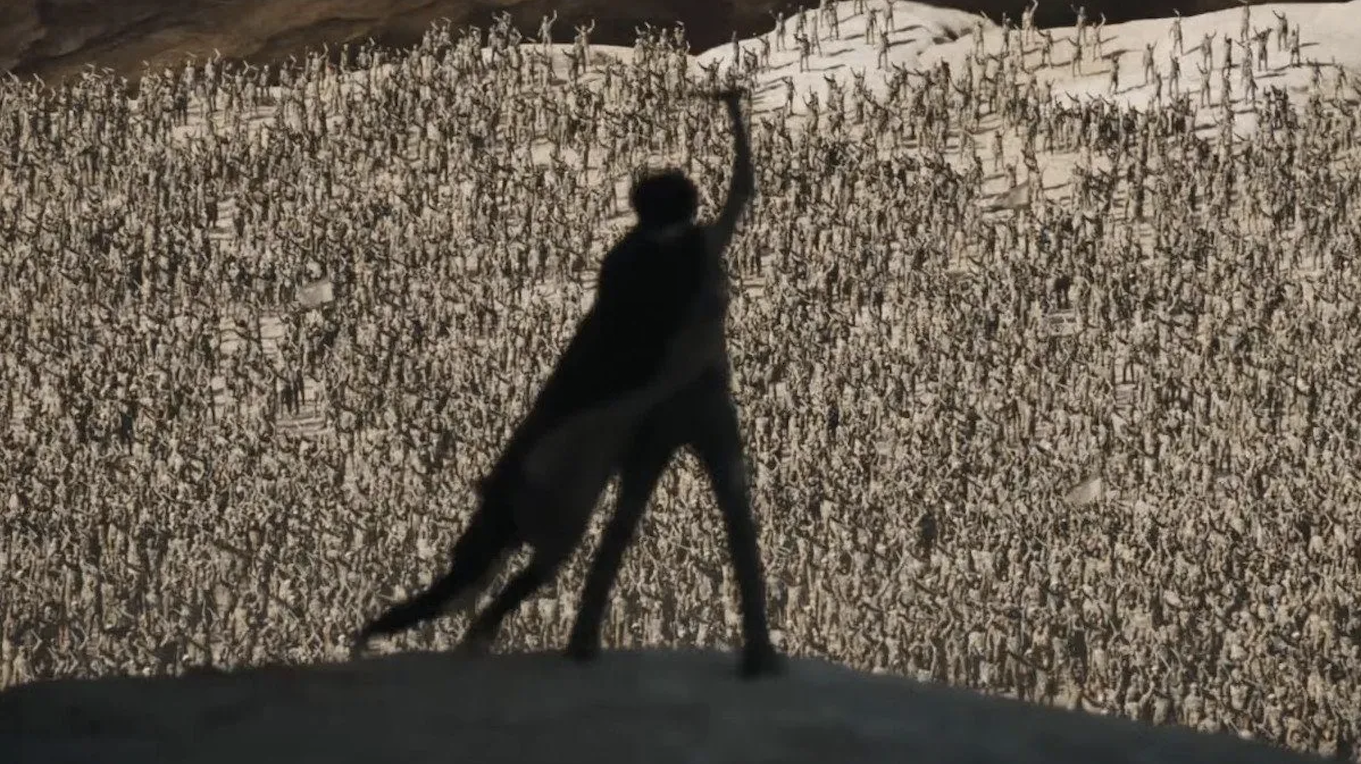
Paul serves as a warning of the dangers of fanaticism
While there are many sociocultural origins in religion and the portrayal of messianic figures, Herbert ultimately warns against religious zealotry and fanaticism with a cynical tone, particularly as it leads to conflict and war.
This “spiritual melting pot” showed Herbert’s concept of a fictitious future, where religious ideologies came together to temper conflict among faiths that all vied to be “the one and only revelation”
The narrative explores the double-edged sword of following a messiah-like figure, cautioning against charismatic leaders who exploit faith for political gain. It critiques the power dynamics within religion and satirizes the blind devotion of the Fremen towards Paul.
Herbert reflected on the dangers of charismatic leadership, drawing parallels to historical figures like John F. Kennedy and Richard Nixon. He warned of the risks associated with unquestioning obedience to charismatic leaders.
Subsequent books in the series depict Paul’s downfall (anyone excited to see Chalamet as a worm?), as a Messiah. Herbert creates a brutal yet intricate history with a narrative that comments on contemporary issues of history, politics, and religion, making it compelling and relevant to modern audiences, all the more with the inner spiritual layers developed in the characters.
Spirituality as a means to build inner strength
So what is spirituality anyway? Is it just transcendence and extreme training of both mental and physical abilities, so much so that a person’s awareness can transcend to another realm? I felt like “Dune” seems to suggest this.
All throughout, the book emphasizes spiritual prowess, depicting characters’ abilities like visions and superhuman strengths—all developed through natural means like disciplined physical and mental training.
The presence of “spice” or melange, a substance that extends life and enhances mental abilities, seems linked to a deeper multidimensional awareness. This idea of intense mental and physical training, if not without some help from substances like spice, expands the mind and strengthens one’s being.

Florence Pugh as Princess Irulan who was trained at an early age as a Bene Gesserit Sister
The Bene Gesserit, who represent a kind of deep state power, are also respected despite occasionally exploiting their powers. Their seemingly magical abilities stem from years of rigorous training rather than supernatural forces.
While their training grants immense power, the Bene Gesserit’s motives, particularly their breeding program aimed at manipulating history, are questionable. They master the unconscious, employing techniques like the Voice to exploit others’ weaknesses. Through their personal mind control, they could neutralize poisons and even control their own fertility levels. This is not magic but a demonstration of extreme control and persuasion, harnessed by observation and great intelligence.
Herbert’s lessons seem to echo New Age spirituality like “manifesting” and affirmations
While they can be creepy, I feel that the Bene Gesserit is symbolic of maximizing the great abilities latent within all of us. Herbert’s lessons seem to echo New Age spirituality like “manifesting” and affirmations. It also reminded me of the 2017 documentary “Heal” featuring Deepak Chopra, which showed studies of sick patients who were able to heal themselves just by changing their mindset to be positive.
Read more: Manifestations are the new resolutions—but what are they, really?
This emphasis on physical and mental training is exemplified by characters like Paul and Jessica. The mantra “Fear is the mind-killer” reflects the Bene Gesserit belief that instills mental and physical strength in characters. I recall that this one mantra helped me immensely during the pandemic when there were many things to fear. Herbert is not a fantastic writer to be honest, but I believe this litany is one wonderful collection of words that inspires inner strength:
“I must not fear. Fear is the mind-killer. Fear is the little-death that brings total obliteration. I will face my fear. I will permit it to pass over me and through me. And when it has gone past I will turn the inner eye to see its path. Where the fear has gone there will be nothing. Only I will remain.”
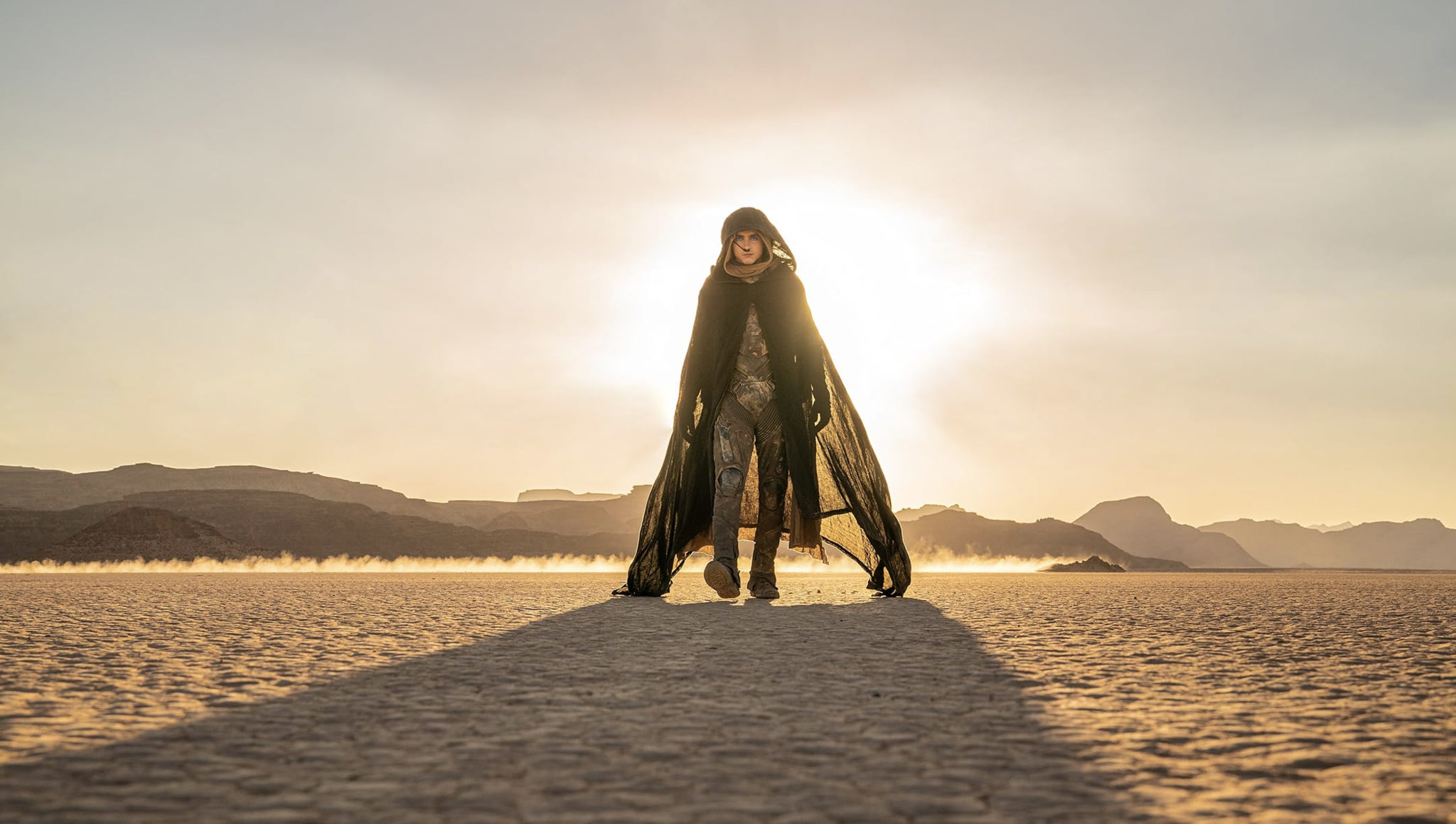
Timothée Chalamet as Paul Atreides in “Dune: Part Two” | Photo from IMDB
In my experience, I’ve found that nature has a positive impact on mental health as well. Just look at a tree for a few minutes after a whole day in front of the screen and feel your eyes softening. I often think about how our teacher in middle school told us that they colored the blackboards green to emulate the color of trees as a means of giving students more energy and attention to their studies.
The mantra “Fear is the mind-killer” reflects the Bene Gesserit belief that instills mental and physical strength in characters
The Fremen were powerful because of their closeness to nature. It echoes the mysticism of naturalist Henry David Thoreau’s writings on nature as a pathway to harmony between the interior and outer worlds. From “Walking” he writes “For I believe that climate does thus react on man—I trust that we shall be more imaginative; that our thoughts will be clearer, fresher and more ethereal, as our sky.”
Many of the “Dune” characters hone the Hindu or yogi disciplines of prana (breath) and bindu (muscles). This allows them to achieve total stillness, or manipulate even the minutest of movements—like flexing the last joint of their little toe to deliver precise, forceful strikes.
In today’s context, spiritual practices like meditation, prayer, and mindfulness are shown to scientifically reduce stress and create relaxation, something we need in this fast-paced world more than ever.
“Dune” remains relevant today as a reminder to nurture and link our body and mind—if not to have superhuman powers like the characters on Arrakis, but for our own peace of mind and spirit.


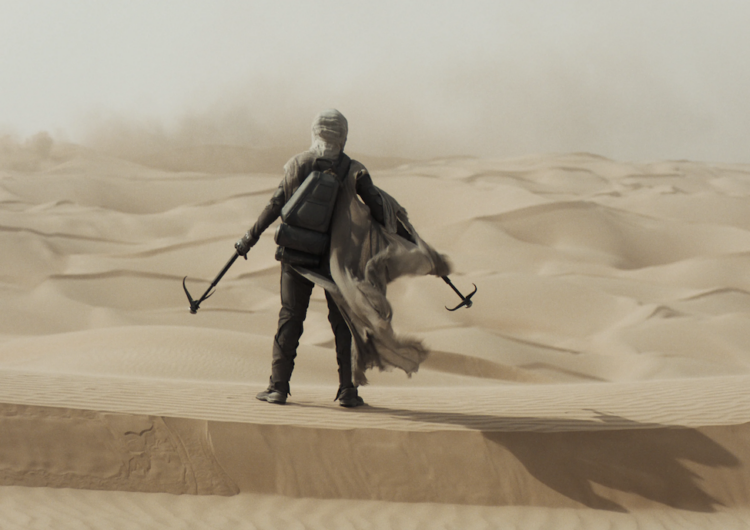












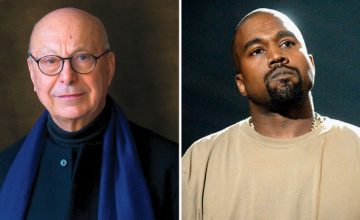

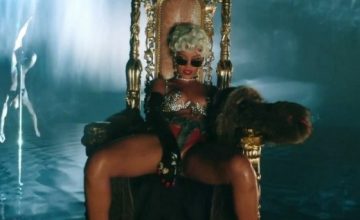






Comments